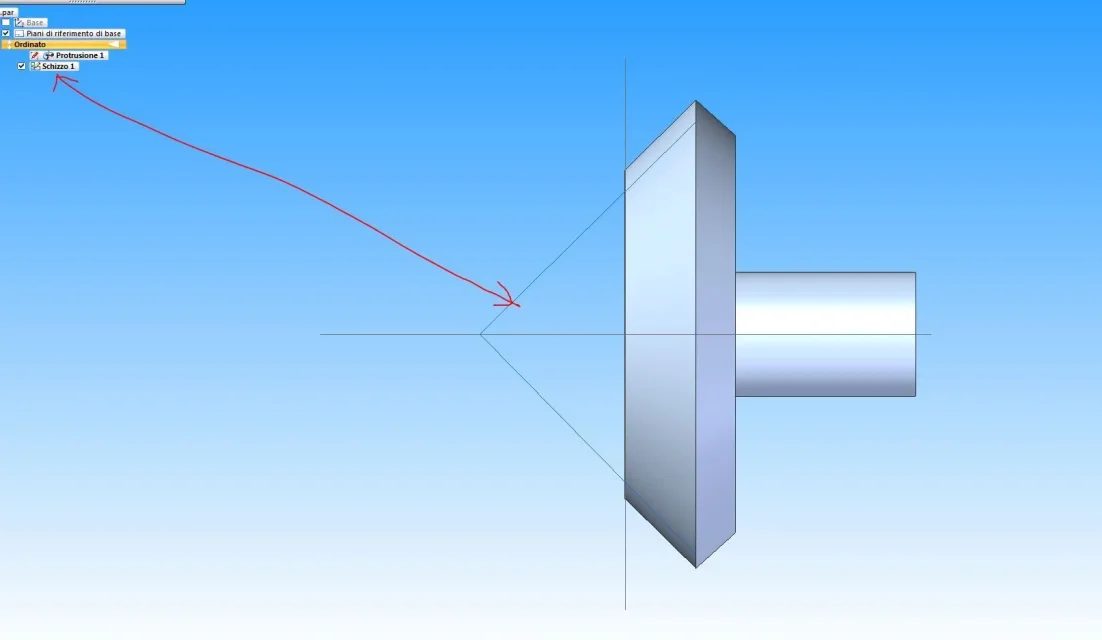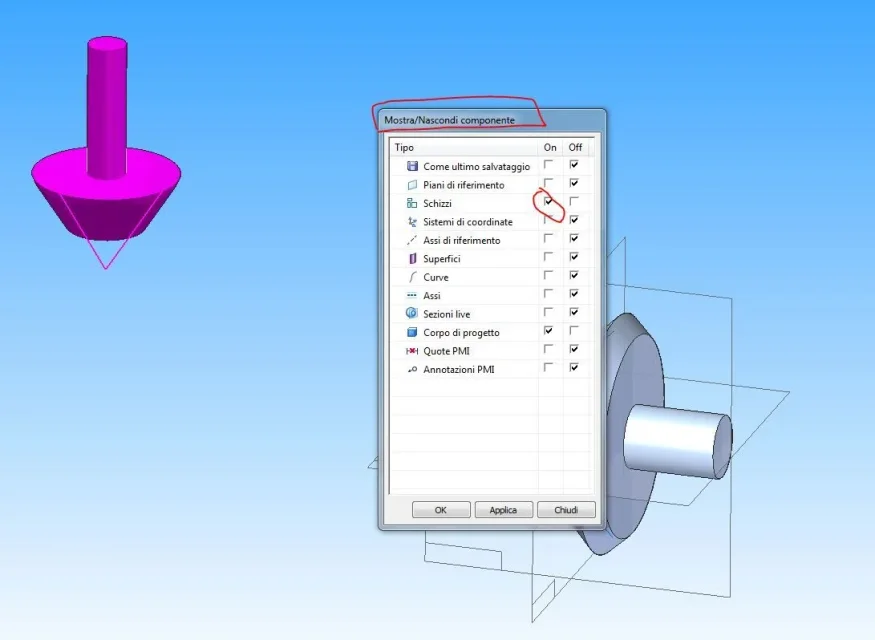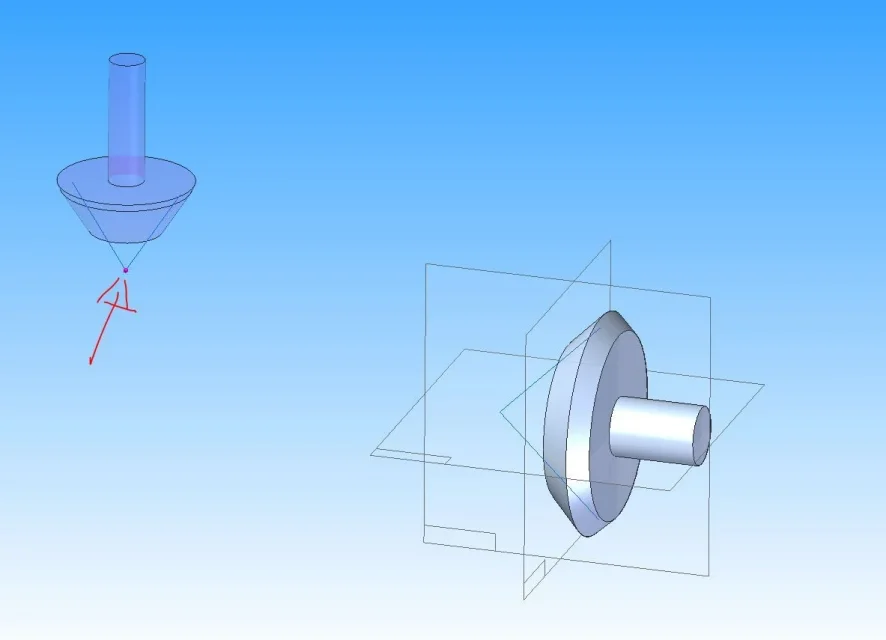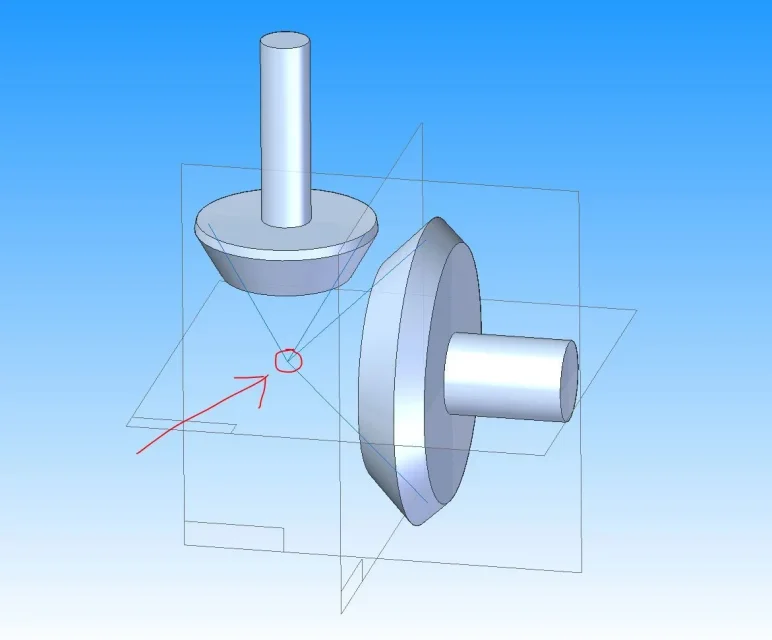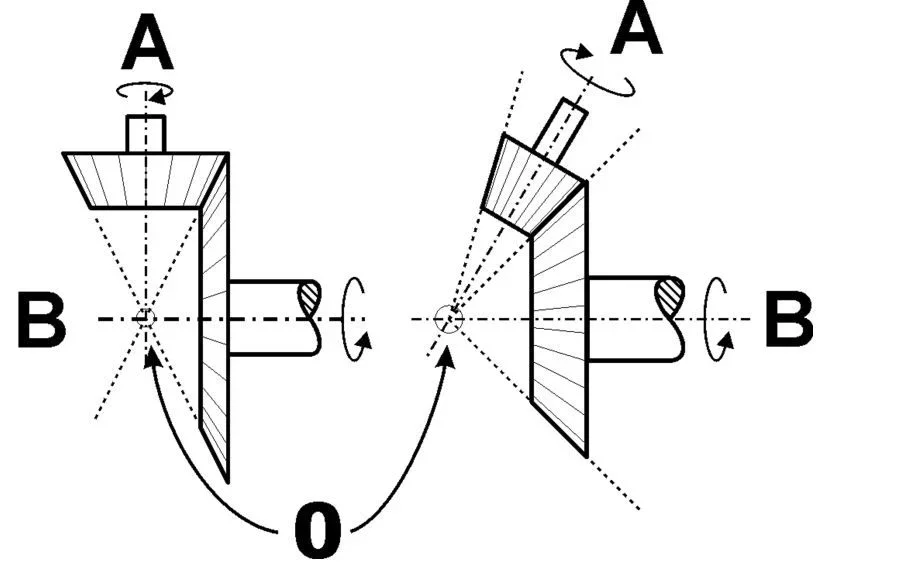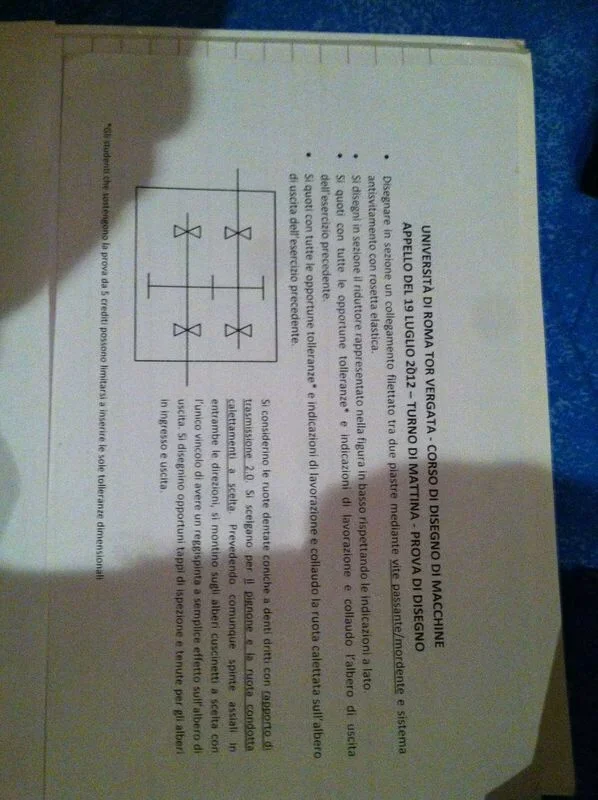zioTonino
Guest
Good day
I have a big problem! in the academic version ... I had to create the dense conical wheels that I need! not having nessn given on the wheels, if not those of bulk, I went a little "nose" and I realized the conical wheel.
the problem is now like joining them (two equal wheels) in a set ... I managed to rotate them and put them on the same plane, rotate by 90° but there is no way to succeed in triggering them!
Any help?
I have a big problem! in the academic version ... I had to create the dense conical wheels that I need! not having nessn given on the wheels, if not those of bulk, I went a little "nose" and I realized the conical wheel.
the problem is now like joining them (two equal wheels) in a set ... I managed to rotate them and put them on the same plane, rotate by 90° but there is no way to succeed in triggering them!
Any help?

